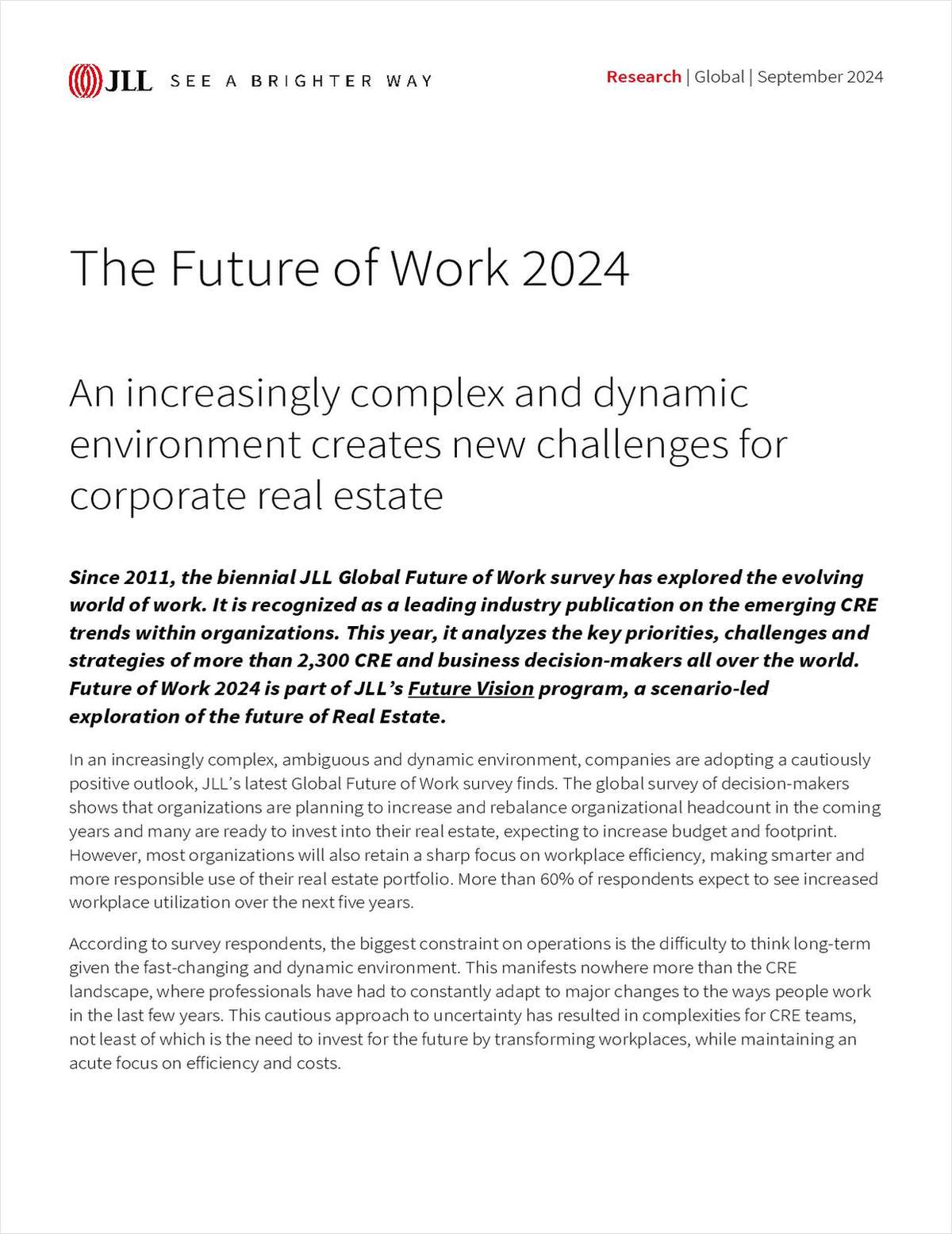
ATLANTA—Cortland Partners has adopted the approach of “in-sourcing” key functions—like designing and manufacturing its own building components—for improved tenant satisfaction and investor returns. It's working.
Since 2009, Cortland has expanded its portfolio from 6,000 apartment units nationwide to 40,000 units and a staff of 1,400—not an easy feat considering the state of the multifamily housing market after the Great Recession. The growth is reflected in the National Multifamily Housing Council's 2017 rankings, which place Cortland at number 21 among all apartment owners for most units and No. 32 among community managers.
At the heart of Cortland's success is adopting this vertically-integrated approach. That's a fancy way of saying that they cut out the middlemen to control for quality and costs, while creating their own innovative tools and services not found anywhere else.
GlobeSt.com caught up with Steven DeFrancis, CEO of Cortland Partners, to discuss what he's seeing in the market in part on one of this exclusive interview. Stay tuned for part two, in which he will discuss how an uptick in homeowner rates could impact the multifamily market.
GlobeSt.com: It appears that construction lending standards are tightening, impacting development activity. How is this affecting you?
DeFrancis: The construction lending market has certainly tightened dramatically due to both the perception of overbuilding in some markets and bank regulatory pressures. Generally though, well-situated projects with strong sponsors have been able to access the construction loan market, albeit at tighter terms.
Yet, we have seen opportunities from local and regional developers unable to assemble the entire capital stack as well. In terms of how this tightening has affected Cortland, we have recently accessed construction loans for four separate projects and are in the market for financing for a few additional projects—but at terms slightly off the original estimates.
The Southeast recently saw a $250 million portfolio trade. Get all the details.
GlobeSt.com: In Atlanta and beyond, there's talk of an apartment bubble. Is overbuilding a concern?
DeFrancis: There are really two ways to view the bubble talk: supply and demand and pricing. When it comes to supply and demand, most commentators would say there are pockets of oversupply in specific submarkets and at specific segments, like luxury, but these pockets are not representative of systematic oversupply.
The current thought argues that we are not building enough multifamily housing to make up for both projected demand and continued shortfall in single-family home construction over the last decade. The national apartment market is stabilized. So there appears to be little chance of systematic oversupply given that peak deliveries are expected to be this year. In terms of pricing and the prices at which apartments have been transacting, we are talking about something that is more affected by the machinations of the capital markets, monetary policy, and the risk appetite of investors.
Macon is turning multifamily investor heads. Check it out.

ATLANTA—Cortland Partners has adopted the approach of “in-sourcing” key functions—like designing and manufacturing its own building components—for improved tenant satisfaction and investor returns. It's working.
Since 2009, Cortland has expanded its portfolio from 6,000 apartment units nationwide to 40,000 units and a staff of 1,400—not an easy feat considering the state of the multifamily housing market after the Great Recession. The growth is reflected in the National Multifamily Housing Council's 2017 rankings, which place Cortland at number 21 among all apartment owners for most units and No. 32 among community managers.
At the heart of Cortland's success is adopting this vertically-integrated approach. That's a fancy way of saying that they cut out the middlemen to control for quality and costs, while creating their own innovative tools and services not found anywhere else.
GlobeSt.com caught up with Steven DeFrancis, CEO of Cortland Partners, to discuss what he's seeing in the market in part on one of this exclusive interview. Stay tuned for part two, in which he will discuss how an uptick in homeowner rates could impact the multifamily market.
GlobeSt.com: It appears that construction lending standards are tightening, impacting development activity. How is this affecting you?
DeFrancis: The construction lending market has certainly tightened dramatically due to both the perception of overbuilding in some markets and bank regulatory pressures. Generally though, well-situated projects with strong sponsors have been able to access the construction loan market, albeit at tighter terms.
Yet, we have seen opportunities from local and regional developers unable to assemble the entire capital stack as well. In terms of how this tightening has affected Cortland, we have recently accessed construction loans for four separate projects and are in the market for financing for a few additional projects—but at terms slightly off the original estimates.
The Southeast recently saw a $250 million portfolio trade. Get all the details.
GlobeSt.com: In Atlanta and beyond, there's talk of an apartment bubble. Is overbuilding a concern?
DeFrancis: There are really two ways to view the bubble talk: supply and demand and pricing. When it comes to supply and demand, most commentators would say there are pockets of oversupply in specific submarkets and at specific segments, like luxury, but these pockets are not representative of systematic oversupply.
The current thought argues that we are not building enough multifamily housing to make up for both projected demand and continued shortfall in single-family home construction over the last decade. The national apartment market is stabilized. So there appears to be little chance of systematic oversupply given that peak deliveries are expected to be this year. In terms of pricing and the prices at which apartments have been transacting, we are talking about something that is more affected by the machinations of the capital markets, monetary policy, and the risk appetite of investors.
Macon is turning multifamily investor heads. Check it out.
Want to continue reading?
Become a Free ALM Digital Reader.
Once you are an ALM Digital Member, you’ll receive:
- Breaking commercial real estate news and analysis, on-site and via our newsletters and custom alerts
- Educational webcasts, white papers, and ebooks from industry thought leaders
- Critical coverage of the property casualty insurance and financial advisory markets on our other ALM sites, PropertyCasualty360 and ThinkAdvisor
Already have an account? Sign In Now
*May exclude premium content© 2025 ALM Global, LLC, All Rights Reserved. Request academic re-use from www.copyright.com. All other uses, submit a request to [email protected]. For more information visit Asset & Logo Licensing.








